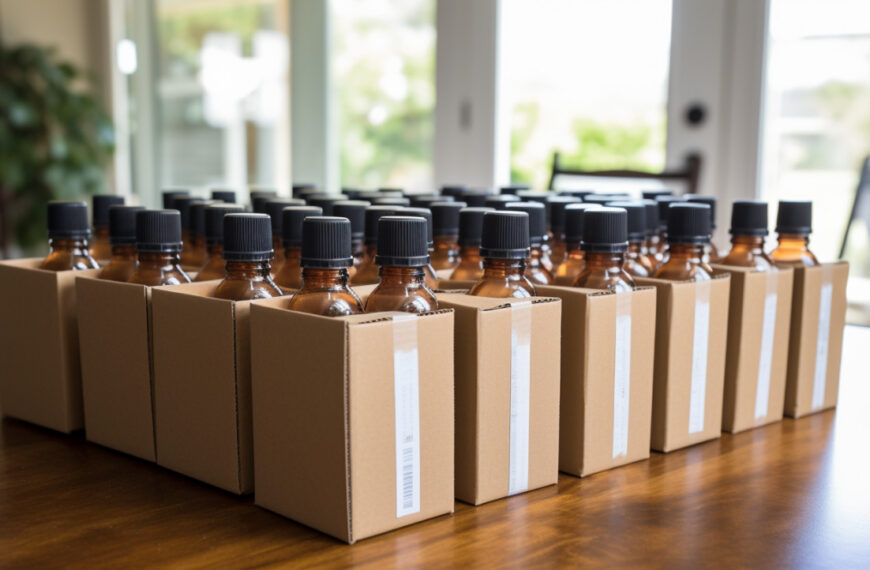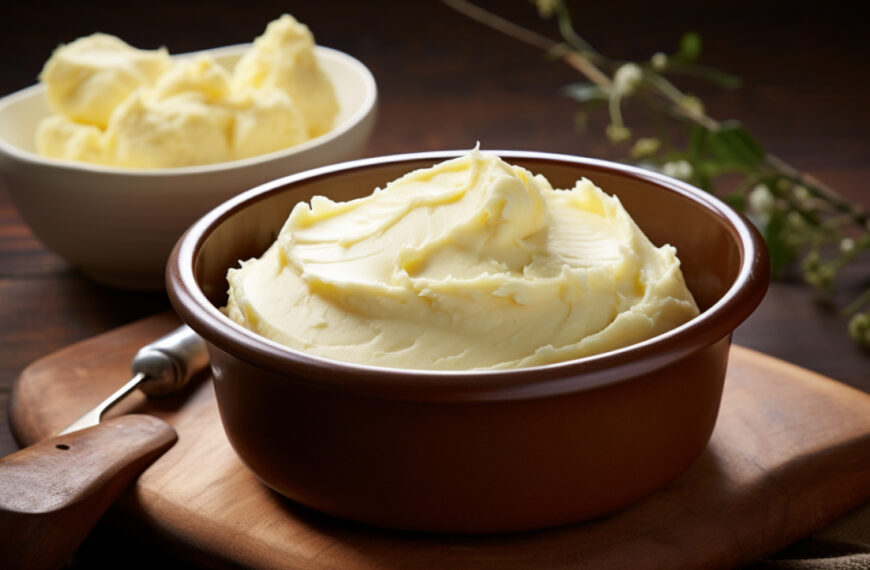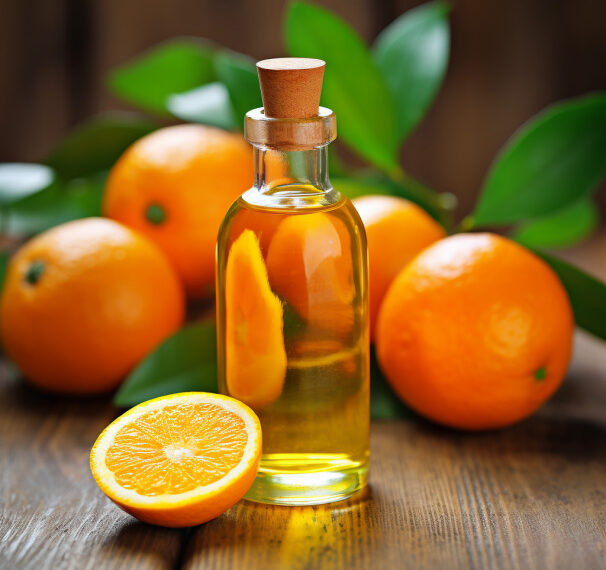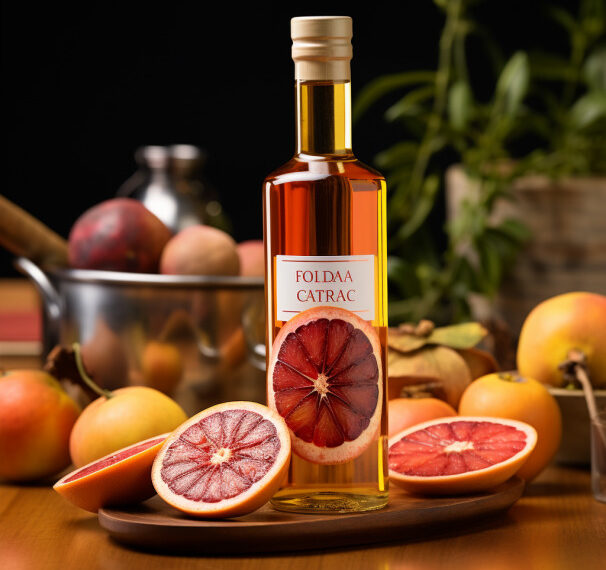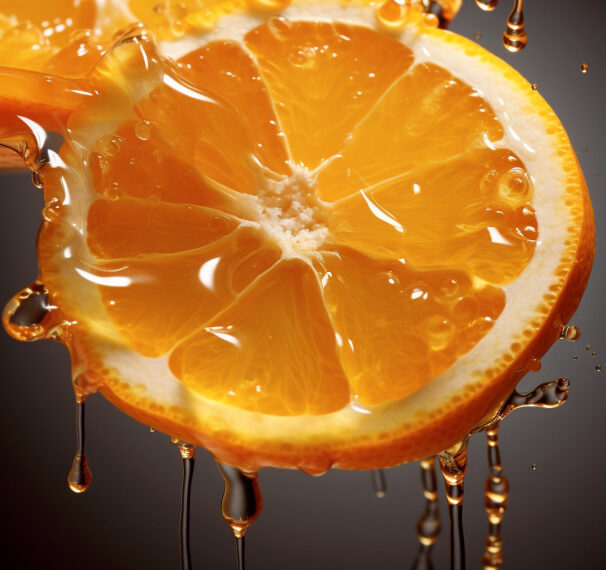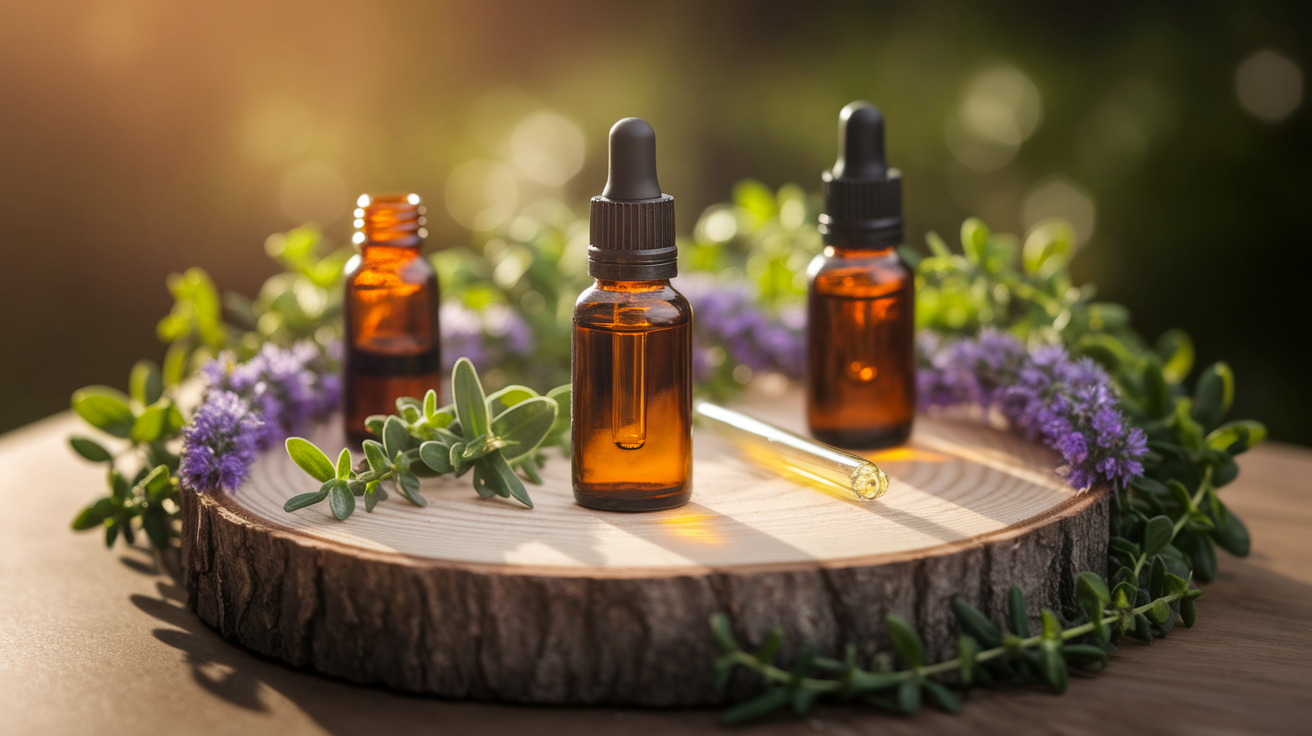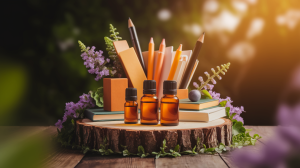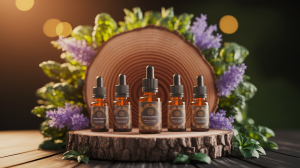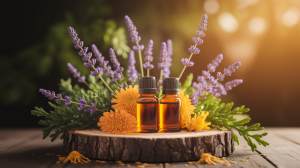Quick-Stop Primer: Oils That Halt Bleeding Naturally
Picture this: you’re slicing vegetables for dinner when the knife slips, leaving you with a cut that won’t quit bleeding. Instead of panicking, imagine reaching for a small bottle that could help halt that bleeding naturally. That’s the power I’ve discovered in certain essential oils – they’re like having a botanical emergency kit right at your fingertips.
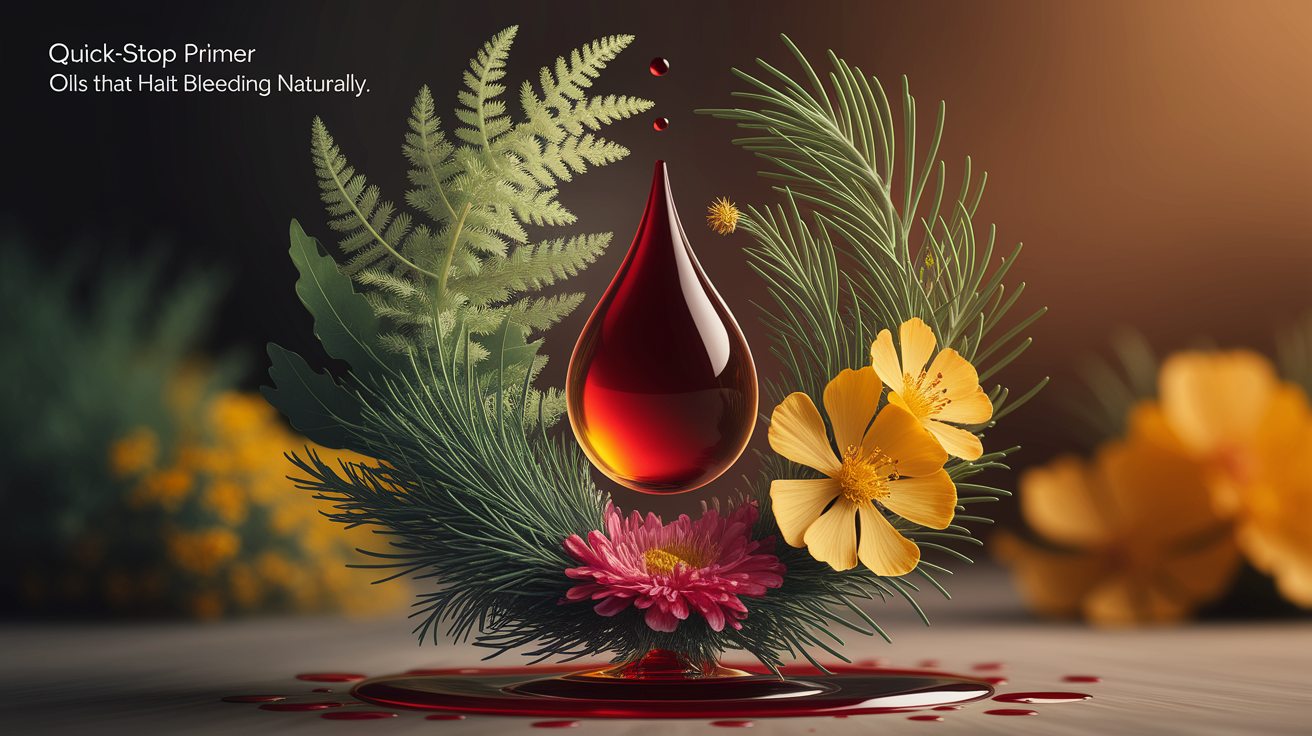
The best essential oils for stopping bleeding from a cut work through fascinating mechanisms that mirror what your body already does naturally. These concentrated plant extracts have hemostatic properties that can contract blood vessels, speed up coagulation (blood), and even provide antiseptic protection to prevent infection. But here’s what I want you to remember right from the start: these are complementary tools for minor cuts and scrapes, never replacements for proper medical care when you’re dealing with serious injuries.
When I talk about essential oils for wound care and bleeding control, I’m referring to oils like geranium essential oil, lavender essential oil, helichrysum essential oil, and cypress essential oil. Each one brings something unique to your natural first-aid arsenal, and I’ll walk you through exactly how they work and when to use them.
How Essential Oils Control Bleeding
The science behind how essential oils help stop bleeding absolutely fascinates me. These plant powerhouses work through four main mechanisms that complement your body’s natural healing process.
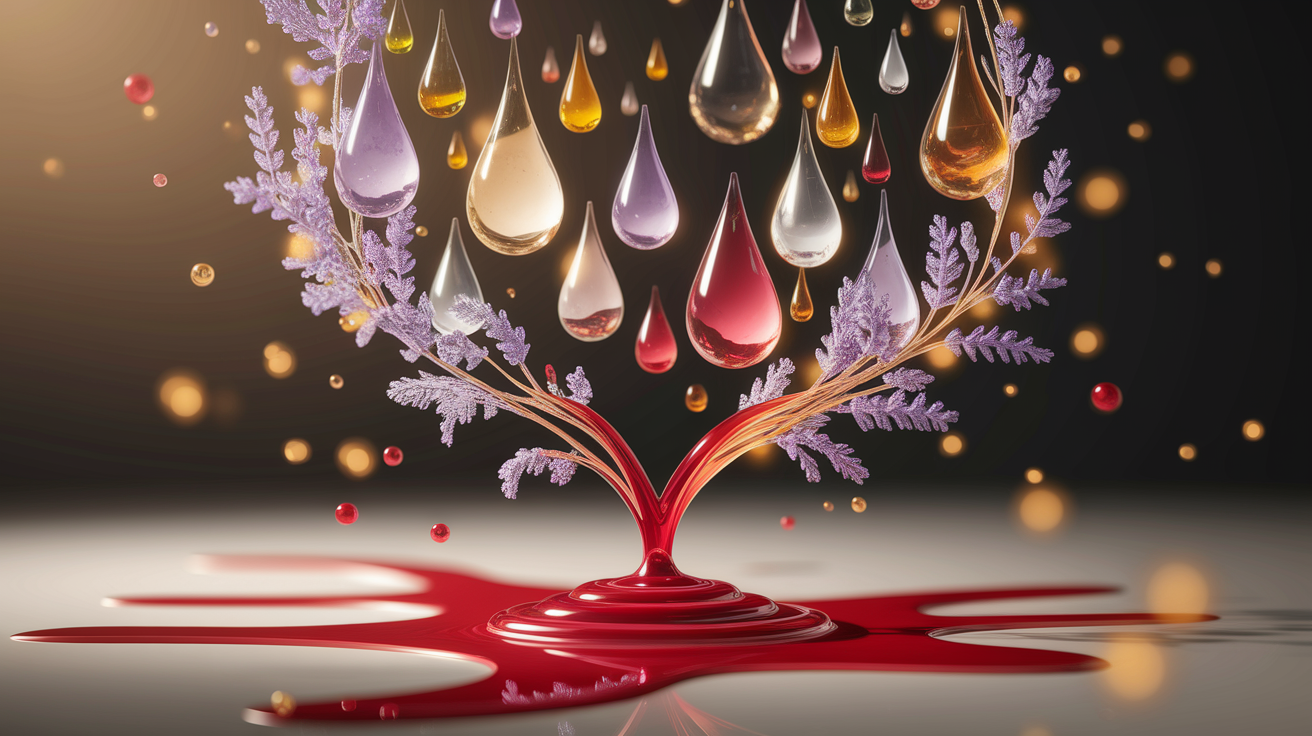
Vascular Contraction
Geranium essential oil is particularly brilliant at this – it stimulates your blood vessels to contract, which naturally reduces blood flow to the wound site. Think of it as your body’s natural tourniquet system getting a gentle nudge. This astringent effect creates what I like to call a “biological bandage” that helps stem the flow.
Accelerated Coagulation
Here’s where oils like helichrysum essential oil and cypress essential oil really shine. They actually promote rapid blood clotting by enhancing thrombosis – that’s the technical term for blood clot formation. These oils work in harmony with your body’s natural clotting cascade, essentially giving it a boost when you need it most.
Anti-Inflammatory Action
While you’re dealing with bleeding, your body is also managing inflammation at the injury site. Lavender essential oil and chamomile oil step in here with their anti-inflammatory properties, reducing swelling and preventing secondary tissue damage. This not only helps with immediate pain relief but also promotes faster wound healing overall.
Antimicrobial Defense
Tea tree essential oil and lavender oil offer an additional layer of protection with their antiseptic benefits. They help protect wounds from bacterial infiltration, creating sterile healing conditions that prevent complications down the road.
Top Essential Oils for Natural Hemostasis
Let me introduce you to my go-to oils for natural remedies for nosebleeds using essential oils and other bleeding situations. Each one has earned its place in my first-aid kit for specific reasons.
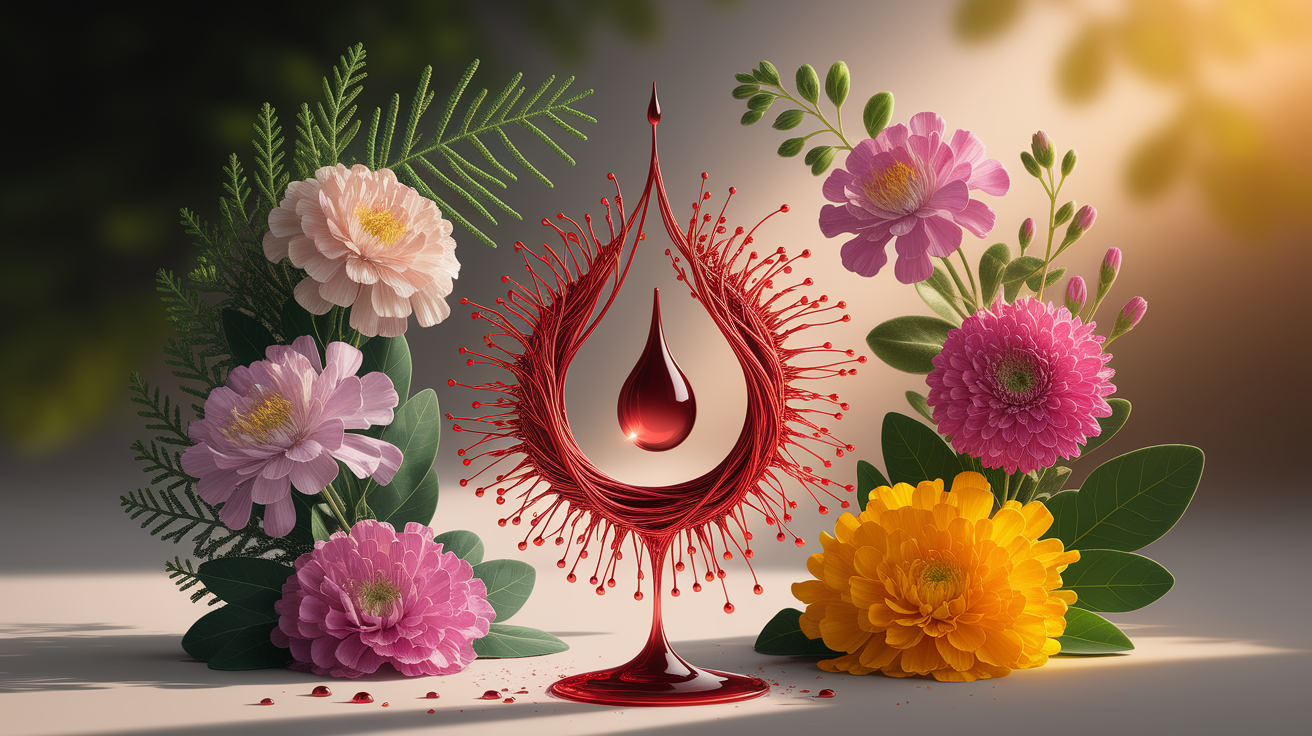
Geranium Essential Oil
This is my first reach for nosebleeds and minor cuts. Geranium works through vascular contraction and clotting acceleration, making it incredibly effective for those annoying little cuts that seem to bleed forever. I’ve seen it work wonders on paper cuts and small kitchen mishaps.
Lavender Essential Oil
Lavender is like the Swiss Army knife of bleeding control. It’s perfect for abrasions and burns because it blends clot-forming capabilities with anti-inflammatory action. What I love about lavender is its gentleness – it’s often the safest choice when you’re dealing with sensitive skin or children’s minor injuries.
Helichrysum Essential Oil
This is the heavy hitter for more significant bleeding situations and post-surgical recovery. Helichrysum promotes rapid clotting and significantly reduces bruising. It’s pricier than other options, but when you need serious natural hemostatic support, nothing quite compares.
Cypress Essential Oil
Cypress excels at controlling venous bleeding thanks to its powerful astringent properties that constrict blood vessels. I particularly recommend it for surface wounds that involve smaller veins rather than arterial bleeding.
Additional Supportive Oils
Yarrow essential oil and myrrh essential oil also deserve mention for their traditional use in bleeding control, while calendula (though typically used as an extract) works beautifully alongside these essential oils for comprehensive wound care.
Safe Application Guidelines
Here’s where I get serious about safety because using essential oils for first aid bleeding requires proper technique and understanding of limitations.
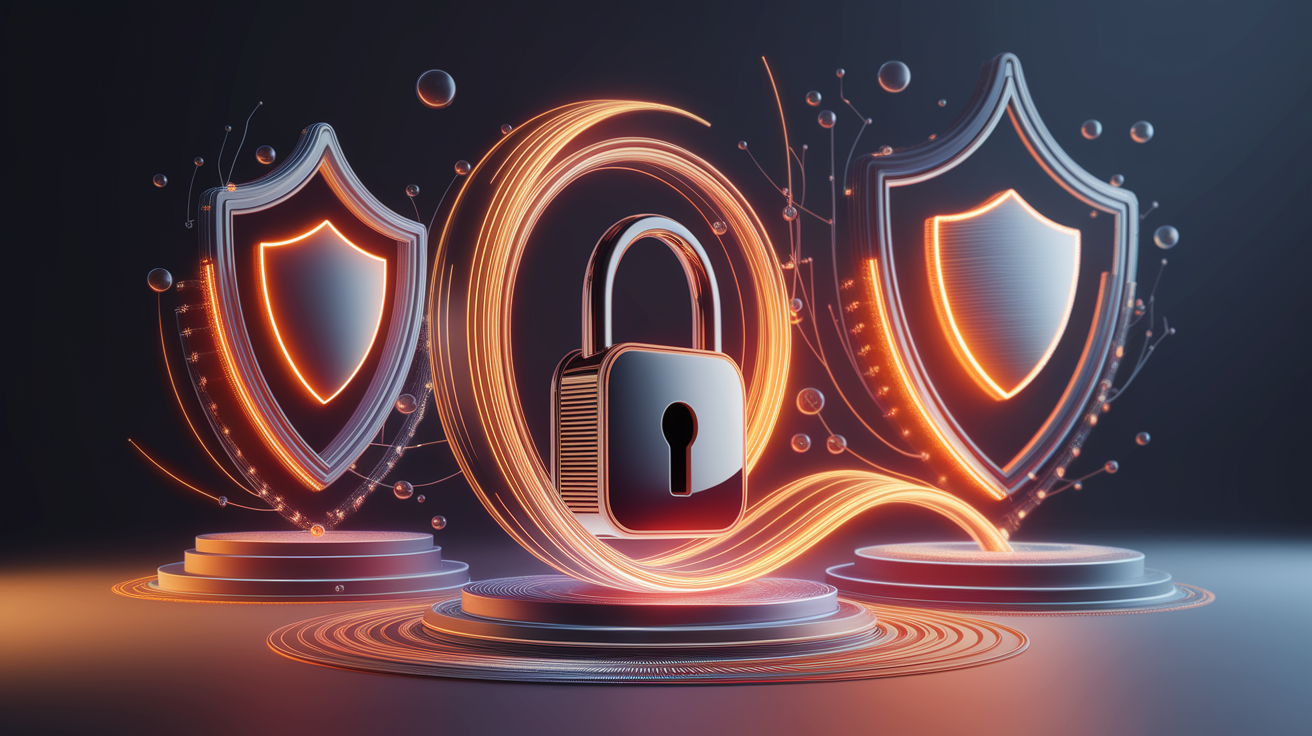
Essential Dilution Protocols
What is the proper dilution ratio for essential oils for wounds? Always dilute your essential oils with a carrier oil like fractionated coconut oil or jojoba oil at a 1-2% concentration. This means 1-2 drops of essential oil per teaspoon of carrier oil. Never apply undiluted essential oils directly to open wounds.
Application Guidelines
| Factor | Recommendation |
|---|---|
| Dilution | Always mix with a carrier oil (e.g., coconut or jojoba) at 1-2% concentration |
| Application | External use only; avoid ingestion |
| Contraindications | Deep wounds, severe lacerations (seek emergency care) |
| Storage | Protect from heat/light to preserve therapeutic properties |
Critical Safety Questions
Is it safe to put essential oils on an open wound? Only when properly diluted and only for minor wounds. Never use essential oils on deep cuts, puncture wounds, or severe lacerations.
Are there any risks or side effects of using essential oils for bleeding? Yes – allergic reactions, skin irritation, and delayed healing if used incorrectly. Always perform a patch test before first use.
When should I see a doctor instead of using essential oils for bleeding? Immediately seek medical care for wounds longer than half an inch, deeper than a quarter inch, wounds that won’t stop bleeding after 10 minutes of direct pressure, or any injury involving significant blood loss.
Important Limitations
Can essential oils help stop internal bleeding? Absolutely not. Essential oils are for external use only and should never be considered for internal bleeding, which requires immediate emergency medical attention.
Essential oils should complement, not replace, basic first-aid practices like applying direct pressure. Think of them as alternatives to chemical hemostats for bleeding in minor situations, but never as substitutes for proper medical intervention.
From Ancient Wisdom to Modern Practice
The connection between traditional healing and modern essential oil use for bleeding control tells a remarkable story. Ancient civilizations understood something we’re just beginning to validate scientifically.
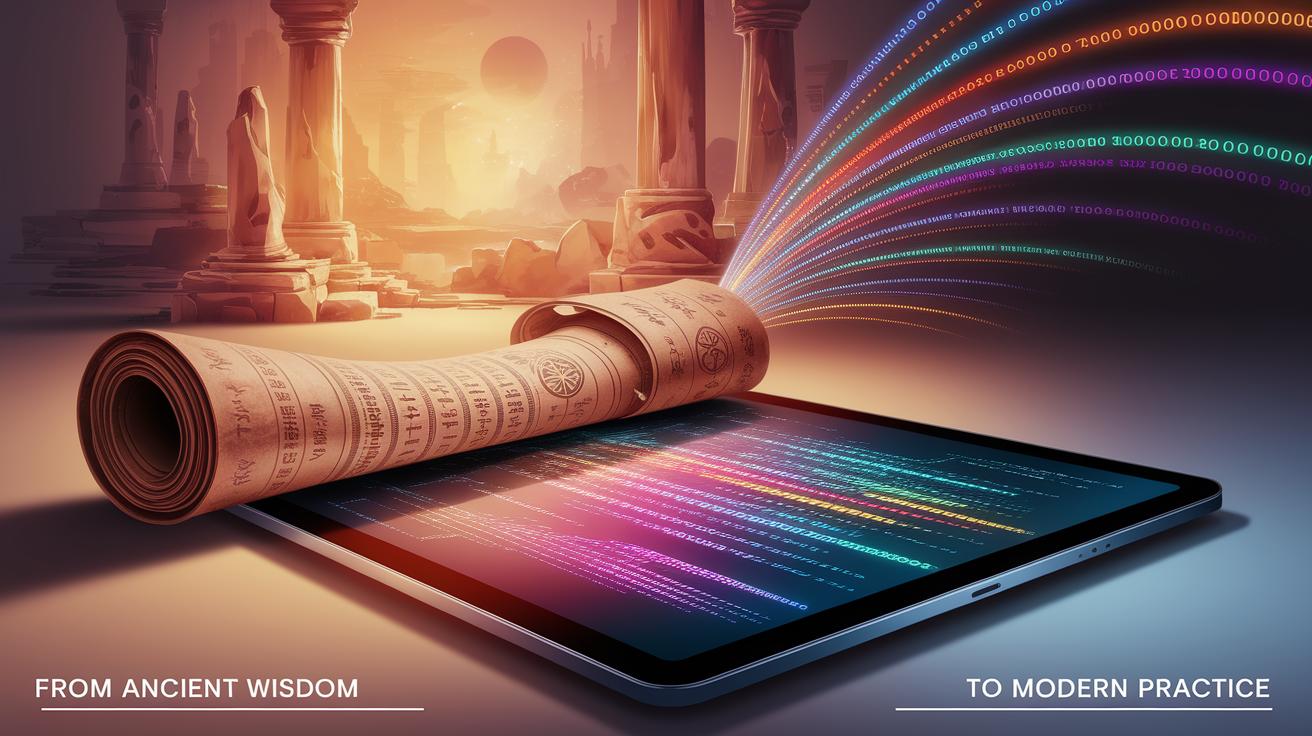
Historical Foundations
Traditional herbal remedies have employed oils like cypress essential oil and myrrh for trauma management for thousands of years. What amazes me is how these ancient practitioners intuitively understood the hemostatic properties we’re now studying in laboratories.
Contemporary research is finally catching up to this traditional wisdom. Studies on lavender oil’s thrombosis-enhancing effects bridge the gap between ancestral knowledge and modern evidence-based practice.
Modern Natural Medicine Trends
The rise of essential oils reflects our growing interest in natural medicine approaches. More people are asking how to use essential oils to stop bleeding naturally as part of a broader movement toward plant-based healing solutions.
However, I want to emphasize that standardized quality control and evidence-based protocols remain critical. The variability in oil potency between different sources means you need to choose your suppliers carefully and understand exactly what you’re using.
Wrapping Up Your Natural First-Aid Arsenal
Which essential oil is best for stopping bleeding? There’s no single answer because it depends on your specific situation. For minor cuts and scrapes, geranium and lavender are excellent starting points. For nosebleeds, geranium often works fastest. For more significant bleeding that still falls within the “minor” category, helichrysum provides the most comprehensive support.
How quickly do essential oils stop bleeding? In my experience, you’ll typically see results within 2-5 minutes when properly applied to appropriate wounds. The key is combining them with proper first-aid techniques like direct pressure.
Creating your own essential oil blend for minor cuts and scrapes can be incredibly effective. I often combine lavender and geranium in equal parts, diluted properly with a carrier oil, for a versatile bleeding-control blend.
Remember these essential principles: essential oils are adjunct tools, not substitutes for advanced hemorrhage management. Always test for allergies before applications. Buy oils from reputable sources to ensure purity and safety. And most importantly, never hesitate to seek professional medical care when dealing with anything beyond truly minor injuries.
By understanding these principles and respecting both the power and limitations of essential oils for fast bleeding relief, you can thoughtfully integrate them into your first-aid approach while always prioritizing appropriate medical care when necessary.





